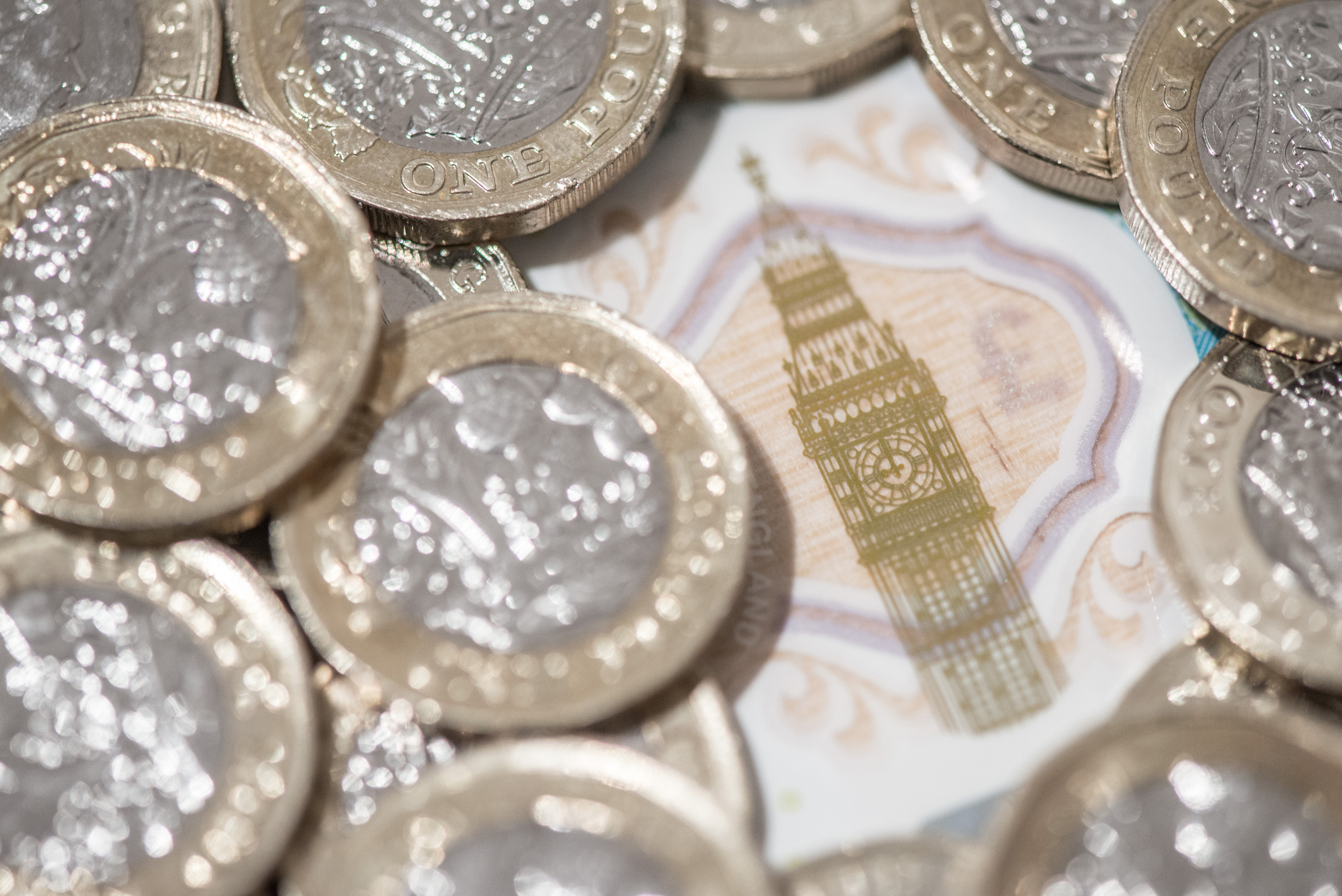Market capitalisation
Market capitalisation, often abbreviated to market cap, is the total value of all outstanding shares in a company.
Updated August 2018
Market capitalisation, often abbreviated to market cap, is the total value of all outstanding shares in a company.
To get the market cap, you simply multiply the number of outstanding shares by their price. For example, if there are 20 billion BP shares in issue, with a price of 564p each, that would give the oil giant a market cap of £112.8bn.The largest listed firm in the world is technology group Apple, which currently has a market cap of around $1trn.
Subscribe to MoneyWeek
Subscribe to MoneyWeek today and get your first six magazine issues absolutely FREE

Sign up to Money Morning
Don't miss the latest investment and personal finances news, market analysis, plus money-saving tips with our free twice-daily newsletter
Don't miss the latest investment and personal finances news, market analysis, plus money-saving tips with our free twice-daily newsletter
Companies are frequently divided into "nano cap", "micro cap", "small cap", "medium cap" and "large cap", depending on size, although there is no official definition of the specific parameters of these categories. In the UK, the FTSE 100 is often referred to as the large-cap index, and the FTSE 250 as the mid-cap.
Most major stockmarket indices (though not all the Dow Jones and the Nikkei 225 are notable exceptions) are weighted by market cap, which means that changes in the value of the firms with the highest market caps will move the index more than changes in the smaller stocks.
On its own, market cap doesn't tell you very much, other than what it would cost you to buy the entire company's issued equity at current prices. If you divide the market cap by the company's annual earnings, you get the price/earnings (p/e) ratio (which can also be calculated by dividing the share price by earnings per share). You can compare this with the p/e of the sector to get an idea of how expensive or cheap a company is.
But this doesn't take into account any outstanding debt, preferred stock, or cash held by the company, so analysts will often use a metric called enterprise value (EV), which does include these factors. This gives a fuller measure of what a firm is worth and also allows the comparison of companies with different funding structures.
Get the latest financial news, insights and expert analysis from our award-winning MoneyWeek team, to help you understand what really matters when it comes to your finances.
MoneyWeek is written by a team of experienced and award-winning journalists, plus expert columnists. As well as daily digital news and features, MoneyWeek also publishes a weekly magazine, covering investing and personal finance. From share tips, pensions, gold to practical investment tips - we provide a round-up to help you make money and keep it.
-
 Why you should gatecrash your child's gap year in Mexico
Why you should gatecrash your child's gap year in MexicoTravel Merryn Somerset Webb embraces the carefree lifestyle in Playa del Carmen, on the Riviera Maya
-
 Average earnings by region – how does your income compare?
Average earnings by region – how does your income compare?There are significant regional differences when it comes to how much the average worker earns. We explore the data and reveal where in the UK average earnings are highest.

